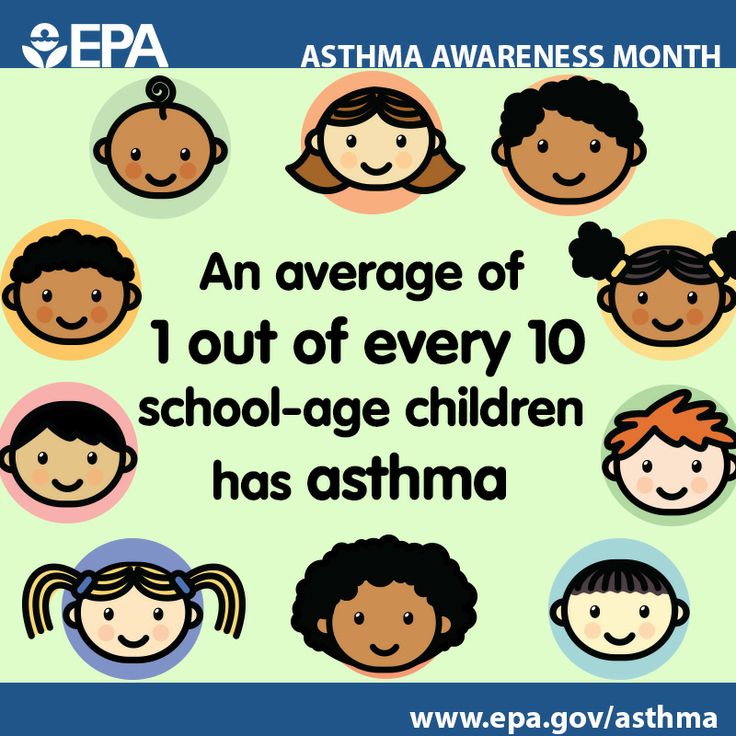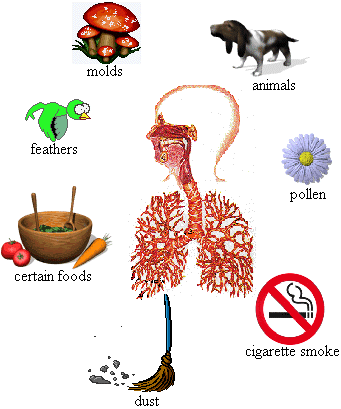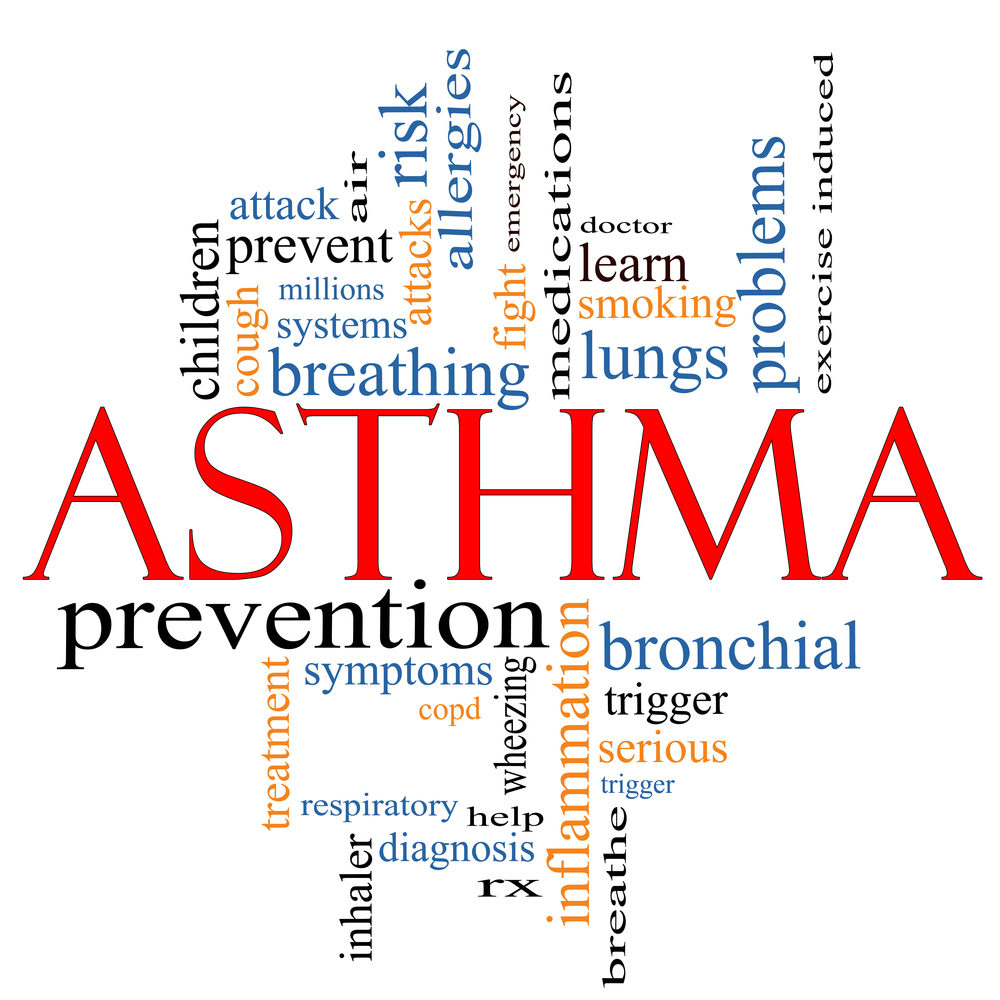Asthma, as defined by the Asthma Society of Canada, is a chronic inflammatory disease of the airways. Symptoms can include coughing, wheezing, shortness of breath, and tightness in the chest. The severity of the symptoms can range from person to person and from episode to episode. A cause is not known, although we do know that asthma is a hereditary disease. There isn’t a cure but asthma can be managed through the use of inhalers prescribed by doctors. Proper education of the disease and management of symptoms is the key to living symptom-free. The Asthma Society of Canada estimates that approximately 250 Canadians die from Asthma each year. To learn more about the disease, please visit www.asthma.ca.
Asthma is becoming very prevalent in children today so if you have a child with asthma it is very important to know how to manage their symptoms correctly. Both my children have shown asthmatic tendencies as infants and although neither of them have been properly diagnosed with asthma because of their age, they both have been diagnosed as having reactive lung disease. Asthma runs in my family, my dad, mom, sister, and I all deal with asthma. My dad has quite severe asthma and uses inhalers every day and the rest of us just deal with it when we get sick. It was really no surprise when our family doctor confirmed that my daughter was showing asthmatic tendencies but I never guessed how severe it would become. Before my daughter started junior kindergarten this past September, she caught the flu or the common cold about twice a year and for the duration of the cold she would use her puffers, both Ventolin 100mcg and Flovent 50mcg, to manage her symptoms. As she got better, her symptoms would go away.

When my daughter started school is when things started to get worse. Having just started school, she was exposed to a lot of inflammatory triggers such as dust, pollen, moulds, and viral infections from kids being sick and symptom triggers such as smoke, cold air, perfumes, and anxiety. More information about triggers is available on the Asthma Society of Canada’s website. Since starting school my daughter has had a runny nose, wheezing and cough. She struggled on a daily basis especially at night even with a prescription tablet (Singular) to supress her cough. She has missed so many days of school, that I have lost count. She is more susceptible to viral infections than the average child her age because of asthma and so she gets sick easily. She has been to the hospital many nights since starting school, when I wasn’t able to control her symptoms at home. Being a parent, you want to do everything possible to help your child and that’s what prompted me to do my research.

Because I have children that suffer from asthma, I have made my home as asthma-friendly as possible. The following is a list of things that you could do if you have a child with asthma:
– Dust your home daily ( Swiffer dry dusting pads works well at trapping dust and it can be used on any surface)
– Avoid using cleaning products with bleach and other harsh smelling chemicals
– Opt for natural cleaning products (one natural option that can be used to disinfect most household surfaces and children’s toys is 10% vinegar)
– Avoid strong smells such as hairspray, Febreeze sprays, perfumes, colognes, candles
– Do not pan-fry or deep-fry anything with your child in the home (Sri-Lankan cuisine incorporates a lot of deep-frying and the smoke that results is a major irritant for those with asthma)
– Invest in an air purifier preferably one from the Blueair HEPAsilent series. Unlike most other air purifiers it is ozone free (ozone is known to irritate the lungs in even those without asthma or respiratory problems)
– Use a cool-mist humidifier during the harsh winter months
– Check your home for mold often (especially in the bathroom due to excess moisture)
– Do not smoke in your home; even the smell of smoke on clothing can be irritating
– Avoid keeping indoor plants, especially flowering plants
– Avoid feeding your children deep-fried foods such as chicken nuggets and fries
– Use mild or unscented laundry detergent
– Use unscented shampoos, soaps, and lotions on your child
– Avoid keeping pets, animal fur is an irritant
– Research has shown the protein in cow’s milk triggers asthma, try an alternative such as goat’s milk
– Remove any carpets you may have in your home, especially in your child’s bedroom
– Avoid using Vicks rub on your child’s skin, instead diffuse one or two drops of Frankincense essential oil in your child’s room
The above is a long list but nonetheless a list of things that you can try to make your child’s life a little easier. Earlier this year I switched my children to goat’s milk, switched to natural cleaning products, and stopped all deep-frying, in addition to the other things mentioned in my list. I have noticed a significant improvement in my daughter. She is able to sleep better at night and I am happy to say that my daughter’s symptoms have now become manageable. My daughter just turned four this past December and she deserves to be able to go to school, play, and just be a regular kid, without having to worry about her breathing as much as she used to.
UPDATE:
2015-09-27
My daughter was fine all summer; never had the need to use her puffers but as soon as school started, she had to go back on the puffers and currently is back on Singular. Fortunately, this year we were able to get her symptoms under control and manageable a lot faster than last year.
Feature Image: royalhealthconsultant.com







Thank you for this information .